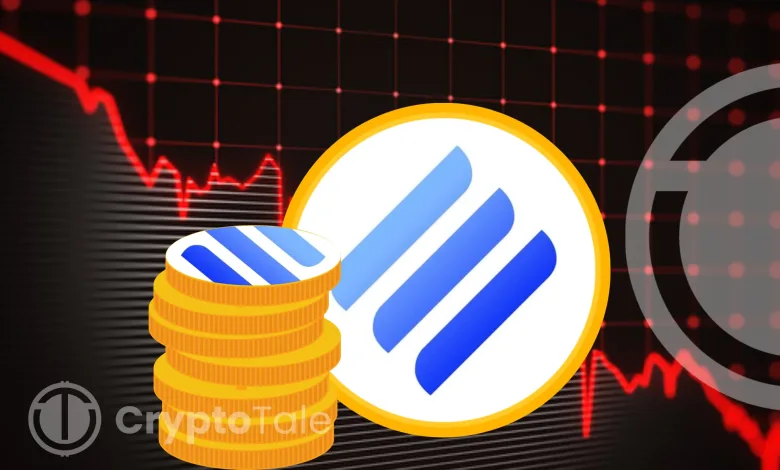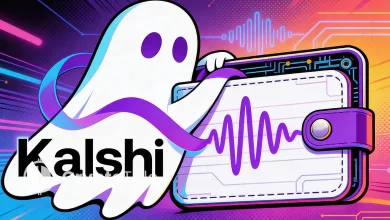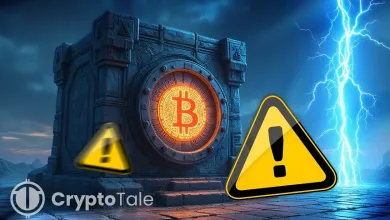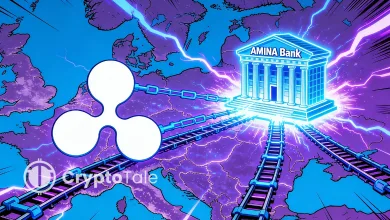Linear Finance Announces Shutdown Amid Token Price Decline

- Linear Finance shuts down after LINA token drops 65% following Binance delisting.
- Financial struggles led to Linear Finance’s closure and liquidation plans for users.
- LINA token crashes 67% weekly as Linear Finance announces its operational wind-down.
Linear Finance, a cross-chain synthetic asset protocol, has officially announced its decision to cease operations due to ongoing financial challenges. In a statement shared on X (formerly Twitter) on March 27, the company revealed the difficult choice to wind down, citing its inability to generate sustainable returns despite numerous efforts to foster growth.
Financial Troubles And Binance Delist Prompt Closure Decision
Linear Finance started facing problems shortly after it became profitable in 2019/2020. The company struggled with rising financial difficulties as its business model, which relied on contributions from the project owner and token liquidations, became unsustainable. The declining market has caused the company to lose substantial operational capacity.
A significant deterioration occurred after Binance declared that it would remove the LINA token from its platform. When Binance delisted LINA, its market capitalization plummeted by 65%, worsening the project’s financial situation. Linear Finance stakeholders made a joint decision to discontinue all operations, which led to the final termination of the DeFi protocol.
Related: Australian AFP Investigates Massive Binance Crypto Scam
LINA Token Price Crashes Amid Setbacks
The shutdown of Linear Finance has led to major price fluctuations in its LINA token. After Binance delisted LINA alongside its project closure announcement, the token’s price suffered a major decrease. The LINA token declined 67% of its value during the week and has seen a price drop of 75% over the last month.
Linear Finance’s shutdown and the surrounding market uncertainty are key drivers behind the LINA token’s price fluctuations. Market participants expect more details about the timeline and instructions that affect their holding positions on the protocol’s decentralized applications (dApps).




